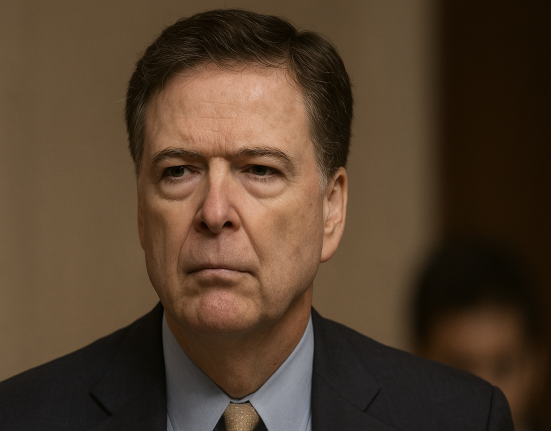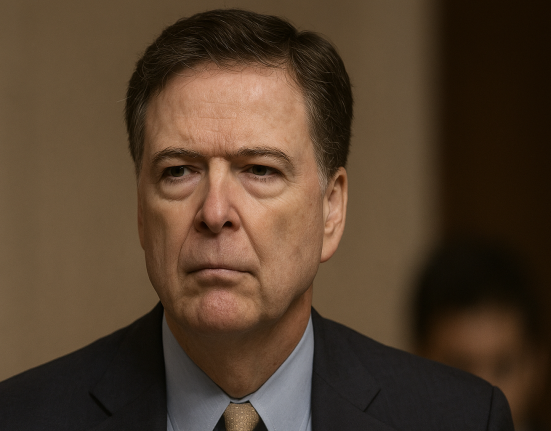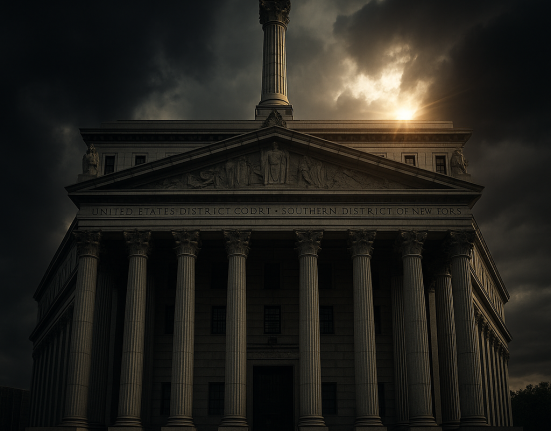The Interior Department’s announcement of a new “America-first” fee structure for U.S. national parks represents one of the most sweeping changes to park access policy in recent decades. The plan includes major increases for international visitors, new commemorative annual passes featuring Donald Trump, and resident-only fee-free days, some tied to politically symbolic dates—including Trump’s birthday. Supporters see the move as a patriotic fiscal reform, while critics view it as political branding and a barrier to global tourism.
Below is a comprehensive, neutral analysis of the policy, including pros, cons, historical context, and broader implications.
What the New Policy Does
1. Major Fee Increases for International Visitors
Beginning next year:
- International visitors must pay $100 per person to enter 11 of the most visited national parks.
- Or they may purchase a new $250 “international annual pass.”
This is in addition to the parks’ standard entrance fees.
2. U.S. Residents Keep the Existing $80 Annual Pass
The America the Beautiful pass remains $80 for U.S. citizens and permanent residents.
3. “America-First” Fee-Free Days
Five new days were added—for U.S. residents only—including:
- July 3–5 (marking the 250th anniversary of Independence)
- September 17 (Constitution Day)
- October 27 (Theodore Roosevelt’s birthday)
- June 14 — Flag Day, which is also Trump’s birthday
4. Commemorative Passes Featuring Donald Trump
2026 passes include:
- An annual pass with portraits of George Washington and Donald Trump side-by-side
- A military pass featuring Trump saluting troops
Historical Context: How National Park Fees Have Evolved
Historically, the National Park Service (NPS) has:
- Moderately increased fees every decade or so, generally tied to inflation.
- Maintained equal pricing for U.S. residents and international visitors.
- Avoided political imagery on park materials, keeping branding nonpartisan.
The Trump administration’s approach breaks with several NPS norms by:
- Introducing nation-specific pricing
- Featuring political figures on official passes
- Implementing resident-only access days
- Tying policies to election-year campaign themes like “America First”
Pros of the New Policy
1. Increased Revenue From Tourism
International visitors account for roughly one-third of annual national park spending. Charging higher fees could raise millions for:
- maintenance
- trail repair
- wildfire preparedness
- infrastructure modernization
The Interior Department says foreign tourists should “pay their fair share” for the costs of preserving U.S. natural heritage.
2. More Affordable Access for Americans
For domestic visitors:
- The $80 pass remains unchanged
- Fee-free days increase access for low-income families
- U.S. residents may feel prioritized in crowded parks, especially during peak seasons
3. Aligns With America-First Political Messaging
Supporters argue this approach:
- reinforces national pride
- highlights American historic anniversaries
- frames parks as part of U.S. identity and sovereignty
- uses pricing to reduce overcrowding from global tourism
4. Revenue Could Address Deferred Maintenance
The NPS currently faces over $22 billion in deferred repairs. Even partial fee increases help.
Cons of the New Policy
1. Potential Diplomatic and Tourism Backlash
Raising international fees by 300% may:
- reduce global tourism
- harm gateway communities dependent on foreign spending
- create unnecessary tension with allied nations
- push tourists toward Canada, Europe, and South America instead
2. Politicization of National Parks
NPS has historically been strictly nonpartisan. Featuring Trump on passes:
- blurs the line between governance and campaign branding
- sets precedent for future presidents to “brand” public lands
- risks alienating millions of visitors
Even some conservatives oppose politicizing federal agencies.
3. Exclusionary Fee-Free Days
Limiting free days to U.S. residents:
- breaks with past practice
- could be challenged legally depending on how “residency” is verified
- may be seen as unwelcoming to immigrant communities
4. Internal Contradiction With Conservation Cuts
Despite Burgum invoking Theodore Roosevelt’s conservation legacy, critics note that under the Trump administration:
- NPS staffing fell by nearly 25%
- billions in cuts were proposed
- conservation organizations lost funding
- offshore drilling expansions were approved
Critics say this undermines the stated purpose of the fee hikes.
Who Benefits and Who Loses?
Beneficiaries
- U.S. citizens who can access fee-free days
- NPS (increased revenue)
- Politicians using parks as cultural symbolism
- Some local businesses that rely on domestic over international tourism
Those Disadvantaged
- International travelers
- Tourist economies dependent on overseas visitors
- Advocates of nonpolitical federal land management
- Conservation groups cut under the same administration
Neutral Conclusion
The new “America-first” national park fee structure marks a significant departure from longstanding U.S. public land policy. Supporters view the change as patriotic, revenue-boosting, and protective of American taxpayers. Critics see it as politically motivated, exclusionary, and potentially harmful to tourism and conservation efforts.
Ultimately, the long-term impact will depend on:
- how dramatically international visitation declines
- whether increased revenue meaningfully improves park infrastructure
- whether future administrations reverse, expand, or normalize the politicization of national parks
The debate reflects broader tensions in U.S. policy: nationalism vs. globalization, public access vs. revenue generation, and conservation vs. political branding.








Leave feedback about this
You must be logged in to post a comment.